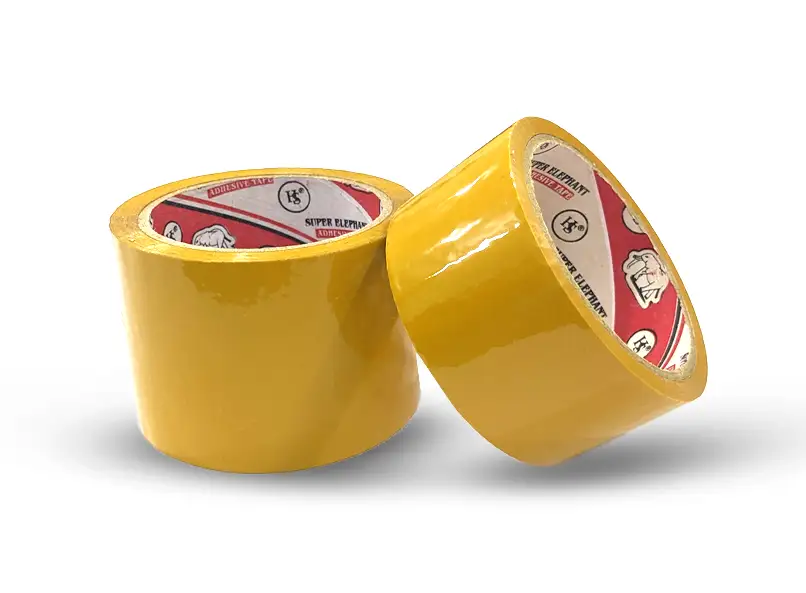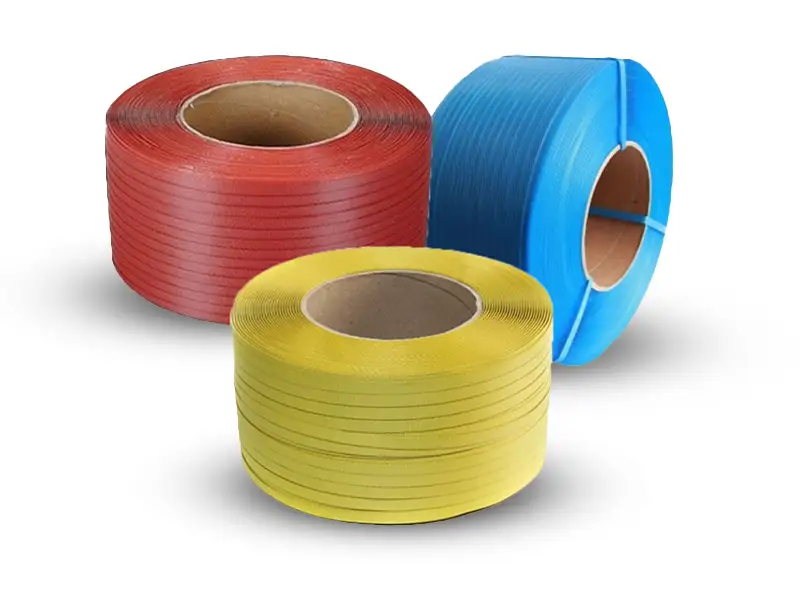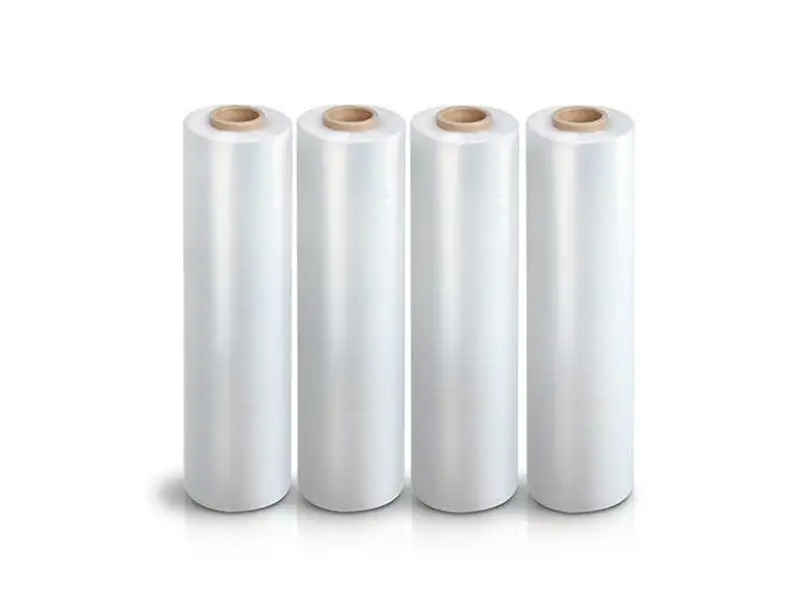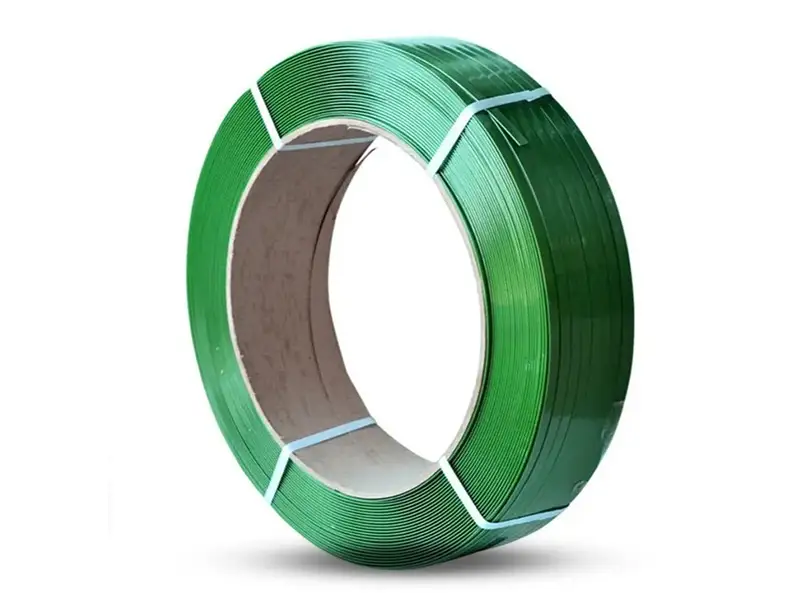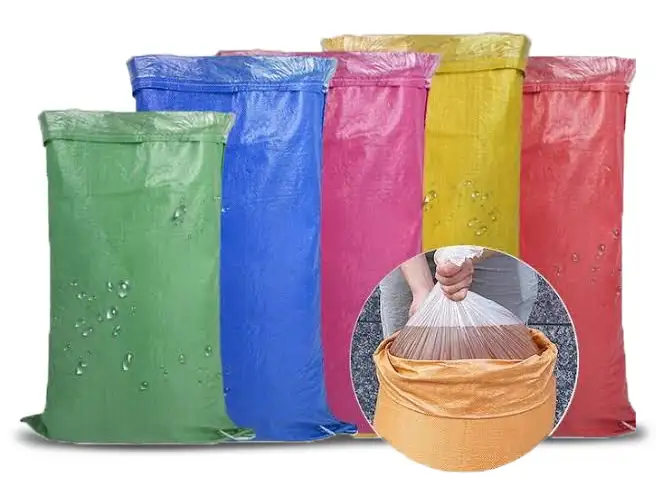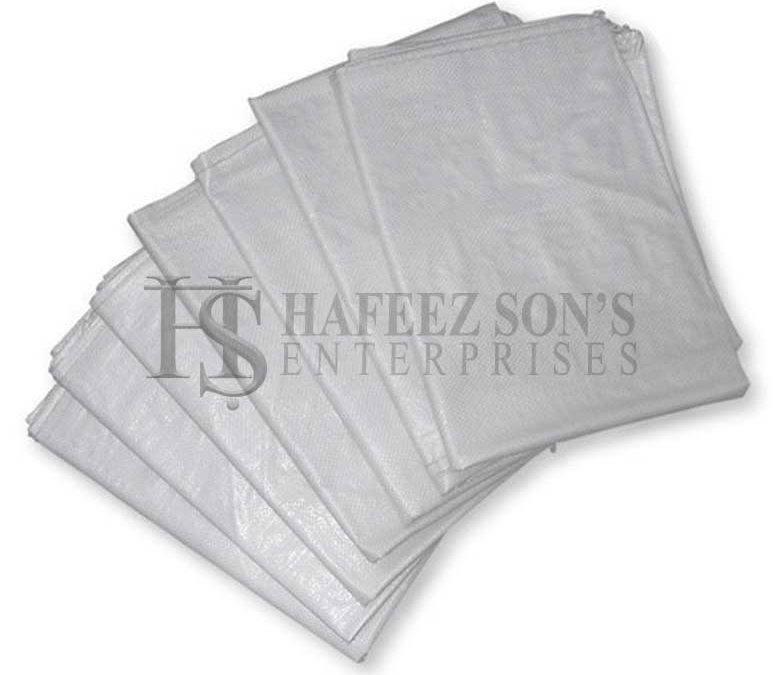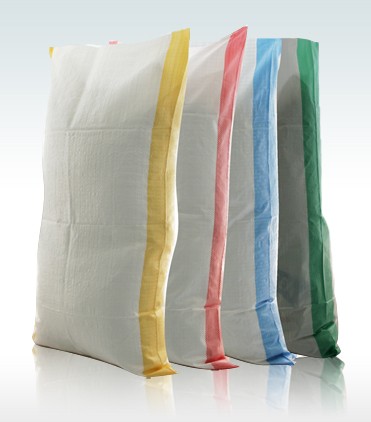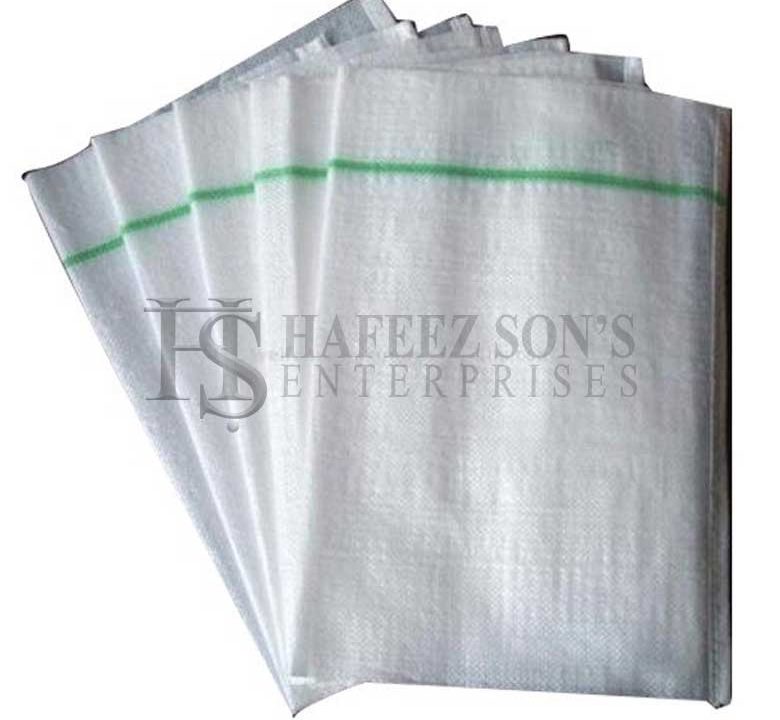
L.D.P.E (Low-Density Polyethylene) Bags
October 8, 2021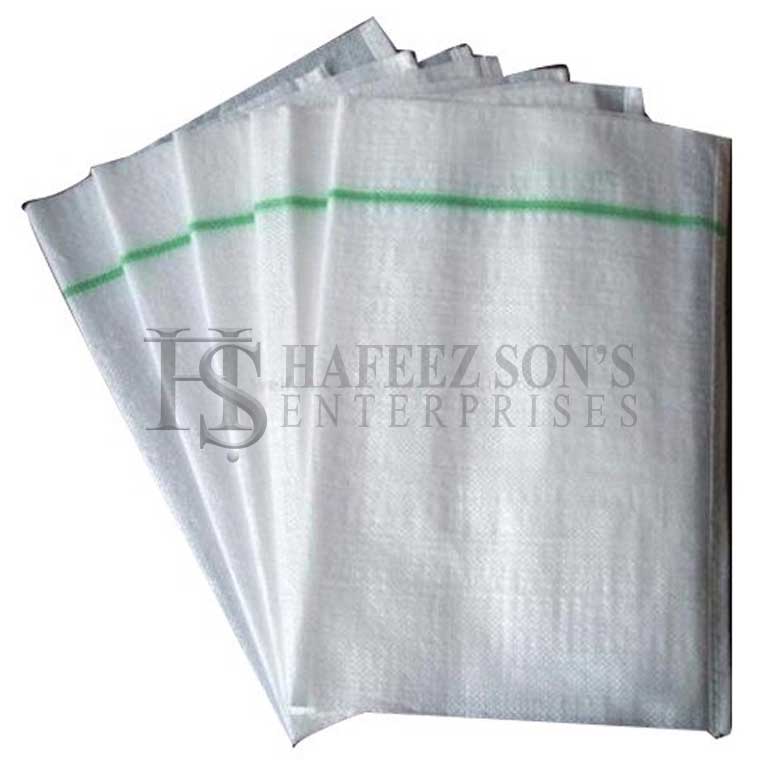
PP Woven Bags
October 8, 2021HDPE (High-Density Polyethylene) Bags
What is HDPE (High-Density Polyethylene)? HDPE has little branching, giving it stronger intermolecular forces and tensile strength than lower-density polyethylene. It is also harder and more opaque and can withstand somewhat higher temperatures (120°C/248°F for short periods, 110 °C /230 °F continuously) HIgh-density polyethylene, unlike polypropylene, cannot withstand normally required autoclaving conditions.
HDPE Bags are very powerful to pack confectionery packets, cement fertilizer, petrochemicals, sugar, tarpaulins, tea food grains paper & textiles and many more foodstuff companies.
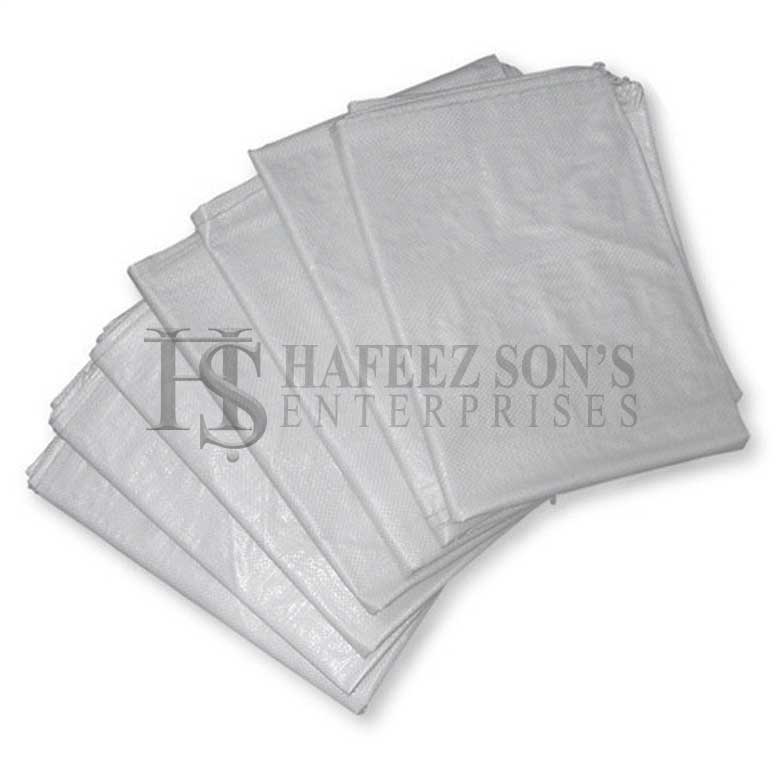
Usage of HDPE (High-Density Polyethylene)
High-Density Polyethylene (HDPE) is a thermoplastic polymer that is widely used in a variety of applications due to its unique properties. HDPE is known for its high strength-to-density ratio, which makes it extremely durable and able to withstand high levels of stress and pressure. It is also resistant to chemicals, UV radiation, and impact, which makes it an ideal material for use in harsh environments.
One of the most common uses of HDPE is in the production of plastic bags. HDPE bags are lightweight, strong, and tear-resistant, making them an ideal packaging solution for a wide range of products. They are also recyclable, which makes them an eco-friendly option compared to other types of plastic bags.
HDPE is also commonly used in the production of water and gas pipes. HDPE pipes are known for their high resistance to corrosion and chemical attacks, making them an ideal choice for transporting water and other fluids. They are also lightweight, which makes them easy to install and transport.
In addition to these applications, HDPE is used in the production of a wide range of other products, including toys, plastic lumber, and even bulletproof vests. It is also used in the construction industry for insulation, roofing, and siding.
One of the biggest advantages of HDPE is its recyclability. It is a highly sought-after material for recycling, and recycled HDPE is used in the production of a wide range of products. Recycling HDPE not only reduces the amount of waste that ends up in landfills but also helps to conserve natural resources and reduce the environmental impact of manufacturing.
In conclusion, HDPE is a versatile and durable material that is used in a wide range of applications. Its unique properties make it an ideal choice for use in harsh environments, and its recyclability makes it an eco-friendly option compared to other types of plastics. As the demand for sustainable materials continues to grow, HDPE is sure to play an increasingly important role in a variety of industries.



